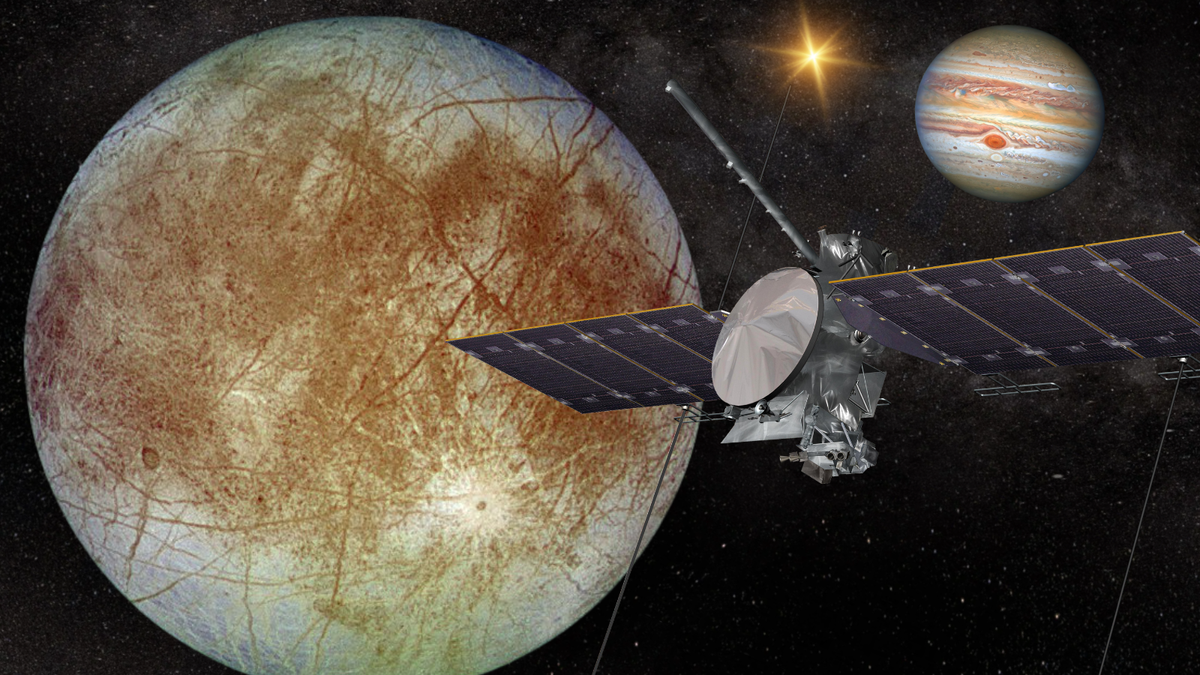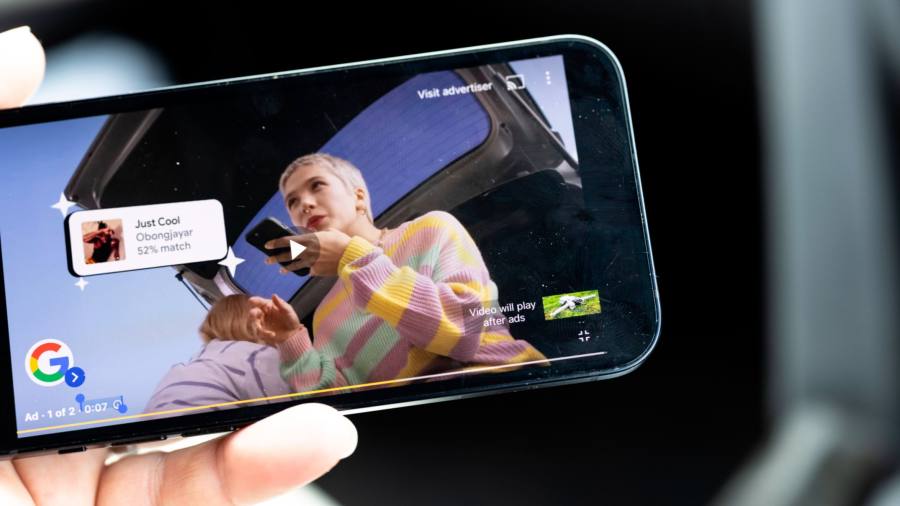Advertising industry figures are demanding massive refunds from YouTube after new research indicates that millions of ads on partner websites are hidden away from users in ways that violate Google-owned group policies.
Adalytics, a digital advertising analytics group, has it research conducted in YouTube’s “TrueView” system, with which users can skip watching an ad after five seconds.
It found “hundreds of thousands of websites and apps” where these ads played imperceptibly in the background, without sound and on an automatic loop. This appears to be a way to completely avoid viewers noticing the videos so the ads don’t get skipped, but the strategy violates Google’s terms.
Google, which has denied the researchers’ claims, tells advertisers that the main selling point of the “choice-based ad format” is that it only charges if a user watches the entire clip or at least 30 seconds of it. In the event of a skip, the advertiser pays nothing.
TrueView ads are a core product of YouTube’s $30 billion annual business. Ebiquity, a media investment analysis group in London, said its global clients typically allocate 40-50 percent of their YouTube budgets to skippable ads.
They’re meant to be played “in-stream,” meaning viewers watch them “before, during, or after your other YouTube videos” or through Google’s video partner network of “high-quality publisher sites and mobile apps where you can show your video ads to viewers.” off YouTube”.
But Adalytics, which used web crawler data to search the Internet and also worked with dozens of media buyers from brands and agencies, found that thousands of TrueView ads were placed “out of live” — hidden away in parts of the website where viewers have little to do. interact with them. The Wall Street Journal reported earlier on some of the findings.
Joshua Lowcock, global media officer at UM, an ad agency based in New York, said he expects YouTube to investigate the issue and refund affected advertisers. Adalytics has created a list of those results, which includes dozens of leading brands such as JPMorgan Chase and Johnson & Johnson, as well as the US Department of Health and Human Services.
“This is a systemic failure by Google and YouTube to obtain proper oversight and enforce their policies,” Lowcock said. “Google should have a qualified third party conduct a full, independent audit of policy enforcement, address this failure, and refund all affected advertisers.”
He added, “They are symptoms of problems occurring in a concentrated and unregulated market.”
“We advise all affected advertisers to immediately claim a refund,” added Giovanni Solazzo, president of Aidem, a UK-based platform that helps marketers ensure they reach real users.
Robin Schreurs, Netherlands-based chief product officer of Ebiquity, said search would likely have a “significant negative impact” on Google’s perceived quality and reliability in the $400 billion digital advertising industry.
Google Post a blog in response, defending the quality of its partner network and saying the report makes some “extremely inaccurate claims”. After reviewing several websites shared by the Financial Times, the company also said it would take appropriate action including possibly removing all advertisements on the sites.
“We have strict policies that all third-party publishers must follow in order to be able to serve ads and we recently expanded our partnership with Integral Ad Science” — a San Francisco-based digital ad verification group — “to allow advertisers to measure where their ads are running,” Google told the newspaper. Financial Times.
Inefficiencies abound in the digital advertising industry. Last week, the Association of National Advertisers, a US trade association, reported that 15 percent of the $88 billion spent on programmatic digital advertising is wasted on “designer-advertising” websites designed to flood the user with ads and get accidental clicks.
Google tells advertisers that TrueView ads It will only display on “high-quality publisher websites” that are “carefully vetted and must meet Google’s inventory quality standards”. The company stipulates that TrueView ads should not start with passive scrolling, “must be audible by default,” and content between ads must also be “at least” 10 minutes long.
But Adalytics found many examples that broke those rules. On one website, scrolling started a silent video of five ads in a row in the lower-right corner of the screen. A one-minute “movie” of random content followed, before five more ads began playing. Each “view” counts as an engaged consumer.
Advertisers are often not aware of exactly where their ads are showing because Google limits the use of independent third-party tracking tools that can accurately measure how and where digital ads are placed.
“It’s ultimately Google’s servers that decide when or how often a TrueView ad is inserted into a given ad slot,” Adalytics researcher Krzysztof Franaszek wrote in the company’s study of TrueView.
Google allowed “Video Actions Campaigns” to spend exclusively on YouTube before September 2021, when it removed the ability to opt out of its video partner network. A Google spokesperson told the Financial Times that marketers can, however, “work directly with their Google representative if they want to opt out of Google video partners.”
When Adalytics sampled some ad campaigns, it found that 42-75 percent of TrueView ads were assigned to partner websites that were identified as showing video ads in muted, auto-playing, obscured, or “out-of-stream” video slots. Complies with Google Ads standards. Less than a fifth of advertising budgets went to YouTube.com or the YouTube app.
Franaszek has also documented finding TrueView ads on sites that have been criticized for allegedly spreading disinformation, including pravda.ru, a Russian state media site.
“This is an unprecedented opportunity for advertisers to recover billions of dollars in refunds and lawsuits,” said Claire Atkin, co-founder of Check My Ads, a watchdog that tracks abuse in the digital ad technology industry. “This research makes a mockery of any effort that Google purports to direct towards reasonable business practice in the advertising industry.”
The article has been updated to clarify that Adalytics search links to Google’s partner video sites rather than the YouTube platform.

“Extreme travel lover. Bacon fanatic. Troublemaker. Introvert. Passionate music fanatic.”






More Stories
British Airways has canceled all flights between New York and the UK's main airport until 2025 – Travel
CEO reveals surprising answer to interview question that won't get you the job
Bitcoin is looking for a bullish breakout, but can BTC break this key resistance?